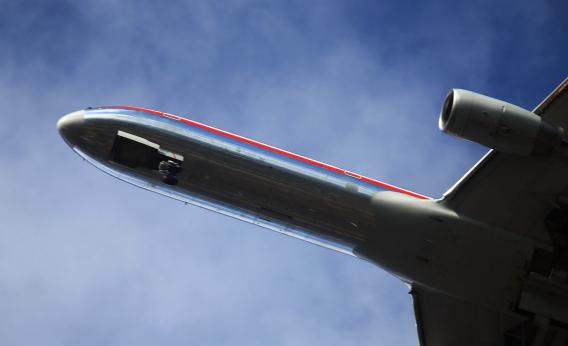American Airlines is canceling flights in droves this week in what looks to be a sub rosa labor conflict with the Allied Pilots Association, the union representing the airline’s pilots.
The context is that American filed for Chapter 11 bankruptcy some months ago with securing givebacks from its various unions as a key goal. The pilots are the one group of workers American hasn’t yet reached an agreement with. And mysteriously enough, pilots seem to be calling in sick at an abnormally high rate leading to a surge in cancellations and late flights. The Pilots Association maintains that this really is a coincidence with spokesman Tom Hogan saying “no one at APA has either sanctioned or supported any kind of ‘job action’ or sickout. It is illegal to do so.”
That second sentence is the giveaway, though. If there were a sickout it would be illegal, so naturally there is no sickout.
Inability to manage any sort of workable relationship with organized labor is a perennial problem for the non-Southwest segment of the U.S. aviation industry. Labor and management have different incentives in these dynamics, but also considerable overlap of interest. If you work at American Airlines you have a real interest in seeing the company survive and grow, and seniority rules only strengthen that. But for those overlapping elements of common interest to avoid destructive negative-sum interactions there needs to be an atmosphere of trust and the executives at American very much haven’t created one.
